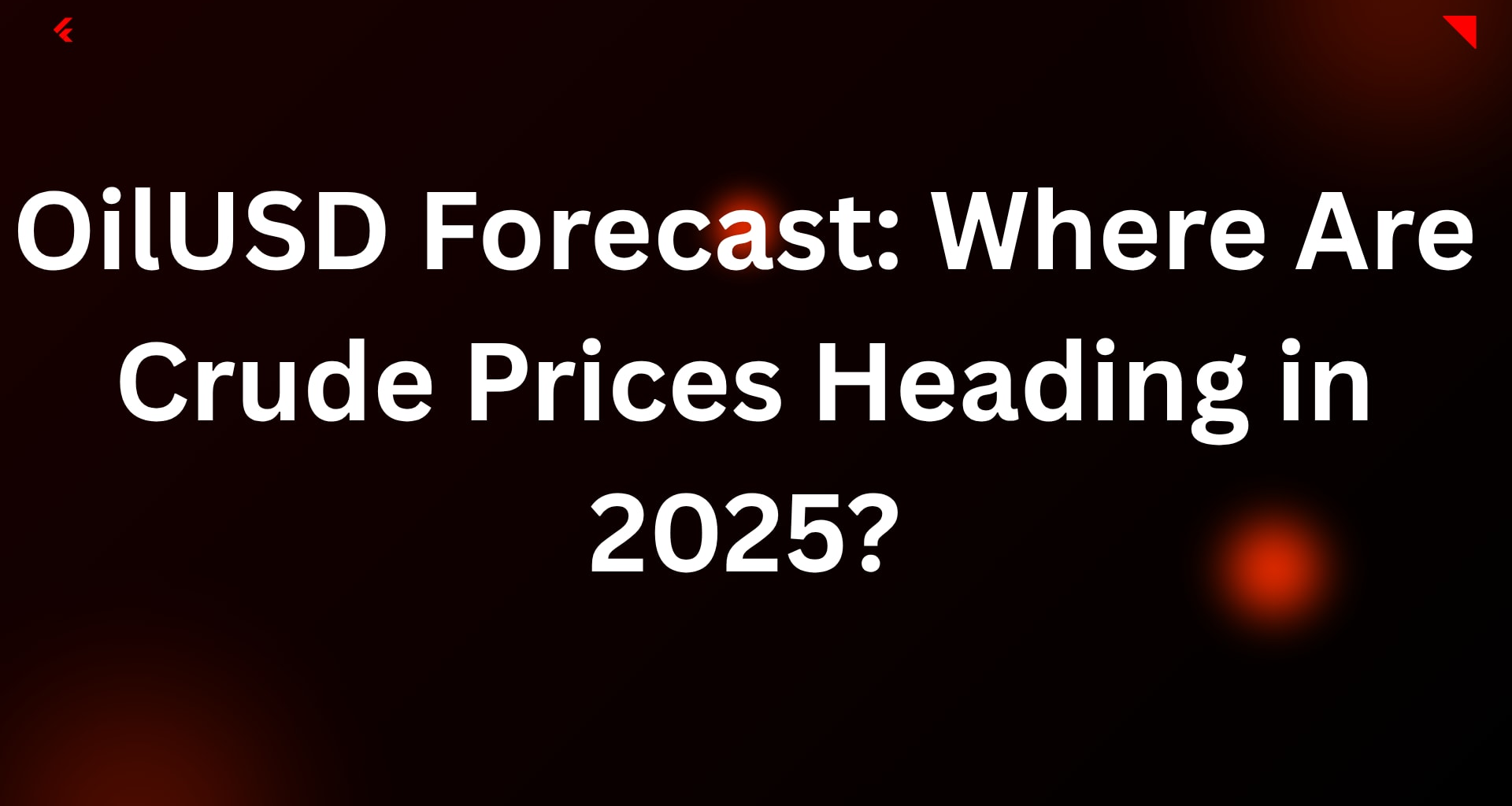The crude oil market has always been a fascinating reflection of global economic health, geopolitical risks, and energy trends. The Oil/USD pair, which tracks the price of crude denominated in U.S. dollars, is one of the most closely watched benchmarks in commodities trading. As we progress into the second half of 2025, traders, investors, and policymakers are all trying to answer a key question: Where will oil prices go next?
Recent Performance Recap
Since the start of 2025, the oil market has seen significant volatility. In January, Brent crude prices traded around $80 per barrel, while WTI hovered near $75. By mid-year, Brent climbed to $85 due to supply disruptions in the Middle East and production cuts announced by OPEC+. However, renewed concerns over global economic growth and a stronger U.S. dollar have capped further gains.
The U.S. Energy Information Administration (EIA) recently reported higher-than-expected inventories, further weighing on sentiment. Meanwhile, the Federal Reserve’s hawkish tone has lifted the dollar index, making oil more expensive for buyers using other currencies.
Key Drivers for the OilUSD Outlook
Several factors will shape oil prices over the next 6–12 months:
1️⃣ Geopolitical Tensions
Ongoing instability in major oil-producing regions—including Libya, Iraq, and parts of West Africa—continues to threaten supply security. Any flare-up in these areas could quickly send prices higher.
Forecast Impact: Geopolitical risks remain the biggest wildcard and could trigger sudden spikes of $5–$10 per barrel.
2️⃣ Demand Recovery in China and India
China’s economic recovery has been uneven so far. However, the government recently announced fresh stimulus to boost manufacturing and consumer spending. India, meanwhile, continues to see robust growth in transport fuel demand.
Forecast Impact: If Asia’s two largest economies accelerate, global oil consumption could surpass current estimates, supporting higher prices.
3️⃣ Monetary Policy and USD Strength
The Federal Reserve’s policy decisions significantly impact Oil/USD performance. A stronger dollar often leads to downward pressure on oil prices because it increases costs for foreign buyers.
Forecast Impact: If the Fed pauses or cuts rates in late 2025, the dollar could weaken, providing a tailwind for oil.
4️⃣ U.S. Shale Production
American shale producers have ramped up output to capitalize on elevated prices. However, infrastructure bottlenecks and rising costs are limiting how quickly production can grow.
Forecast Impact: U.S. supply growth is likely to remain steady, preventing a major shortage scenario.
Technical Outlook for OilUSD
Technically, the Oil/USD chart shows a consolidation pattern:
Support: $72–$74 (WTI), $78–$80 (Brent)
Resistance: $85–$88 (WTI), $90–$93 (Brent)
If prices hold above support and break past resistance, we could see a bullish trend develop toward the $95 mark. Conversely, a fall below the support zone would likely trigger a deeper correction.
Base Case Forecast for Late 2025
Considering all these drivers, here is the base case OilUSD forecast:
✅ WTI Crude Oil:
$78–$85 per barrel by December 2025
✅ Brent Crude Oil:
$83–$90 per barrel by December 2025
This outlook assumes steady demand growth, no major geopolitical escalation, and moderate U.S. production increases.
Risks and Opportunities
Upside Risks:
Escalation of conflict in the Middle East
Rapid economic recovery in China
Unexpected supply disruptions
Downside Risks:
Prolonged economic slowdown in Europe
Persistently high U.S. interest rates
Faster-than-expected green energy transition
Final Thoughts
The Oil/USD market remains one of the most dynamic and unpredictable sectors in commodities. While fundamentals suggest a balanced outlook, traders and investors should be prepared for volatility. For hedgers, securing favorable contracts early can help mitigate price swings. For speculative traders, watching geopolitical developments and Fed policy will be essential.
As the global economy evolves, crude oil will continue to play a critical role—not just as a fuel, but as an economic indicator and an asset class in its own right.
